Bella Donna by Stevie Nicks
Buy Bella Donna After three albums with Fleetwood Mac, Stevie Nicks was doubtlessly the most recognizable figure in that popular and talented band. However, her actual participation as far as songwriting and lead […]

Buy Bella Donna After three albums with Fleetwood Mac, Stevie Nicks was doubtlessly the most recognizable figure in that popular and talented band. However, her actual participation as far as songwriting and lead […]
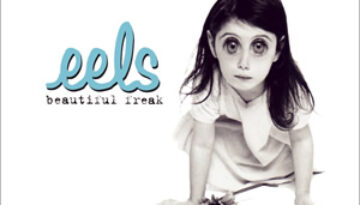
Buy Beautiful Freak Although it is officially the debut of the rock trio Eels, the 1996 album Beautiful Freak is in reality the third album by composer and performer Mark Oliver Everett, who […]

Buy Bat Out of Hell Although credited as a solo album by Meat Loaf, the blockbuster album Bat Out of Hell was actually forged through a collaboration of three people – Meat Loaf […]

Buy Balance There is no doubt that the decade-long Sammy Hagar experiment had run its course by the time Van Halen had gotten to their tenth studio album (the fourth with Hagar), Balance. […]

Buy Badmotofinger Laying the sonic foundation for their most successful run as a band, Soundgarden delivered their first of a trio of critically acclaimed albums with 1991’s Badmotofinger. The third studio release by […]
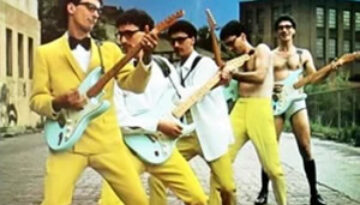
Buy Back On the Streets Released in the summer of 1980, Back on the Streets was the debut solo record by Pittsburgh based artist Donnie Iris. This came after Iris spent more than […]
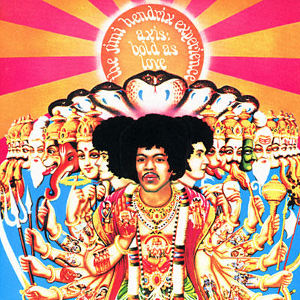
Buy Axis: Bold As Love The second album from the trio’s explosive and productive 1967, Axis: Bold as Love, was released in the United Kingdom by The Jimi Hendrix Experience in December 1967. […]
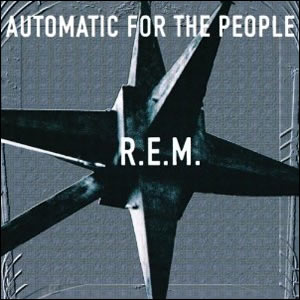
Buy Automatic For the People Automatic For the People is the eighth album by R.E.M., released in 1992 following their breakthrough Out of Time. Since the band did not tour to support that album, […]
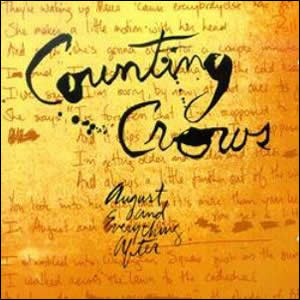
Buy August and Everything After One of the more impressive debuts of 1993, August and Everything After by Counting Crows fuses lyrically rich ballads with such long forgotten sonic treasures as the Hammond […]
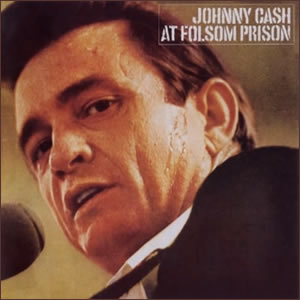
Buy At Folsom Prison Classic Rock Review only covers studio albums, not compilations or live albums. But there will be one exception to this rule – At Folsom Prison by Johnny Cash. This […]